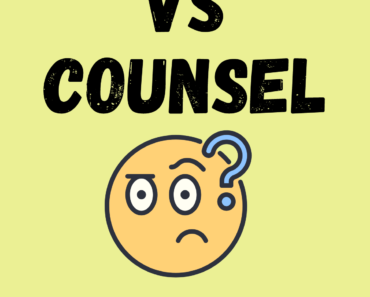The environment encompasses all external conditions, influences, and factors affecting the life and development of organisms, including physical, chemical, and biological components. It’s a broader term than “ecosystem,” which refers to the specific community of living organisms interacting with each other and their physical surroundings in a defined space.
In essence, the environment represents the overall setting, while the ecosystem represents the intricate web of interactions within that setting.
Environment
- Definition: The total of all external conditions affecting the life and activities of organisms, including climate, soil, and living things.
- Usage:
- Physical Components: Climate, air, water, and soil shape living conditions. Example: Global warming significantly alters the environment, impacting species distribution.
- Biological Components: Flora and fauna coexist, influencing and being influenced by their surroundings. Example: Urbanization affects the natural environment, reducing habitats.
- Chemical Components: Elements and compounds affect life directly or indirectly. Example: Chemical pollution deteriorates aquatic environments.
Ecosystem
- Definition: A biological community of interacting organisms and their physical environment in a particular area.
- Usage:
- Living Components: Plants, animals, and microorganisms form food webs. Example: In a forest ecosystem, trees provide habitat for birds and insects.
- Non-living Components: Soil, water, and climate interact with living components. Example: Desert ecosystems rely heavily on water availability and temperature fluctuations.
- Energy Flow: Energy is transferred from the sun to plants, then through the food chain. Example: In marine ecosystems, phytoplankton capture solar energy, supporting various species.
The environment and ecosystem, though interconnected, serve distinct conceptual purposes in understanding the natural world.







